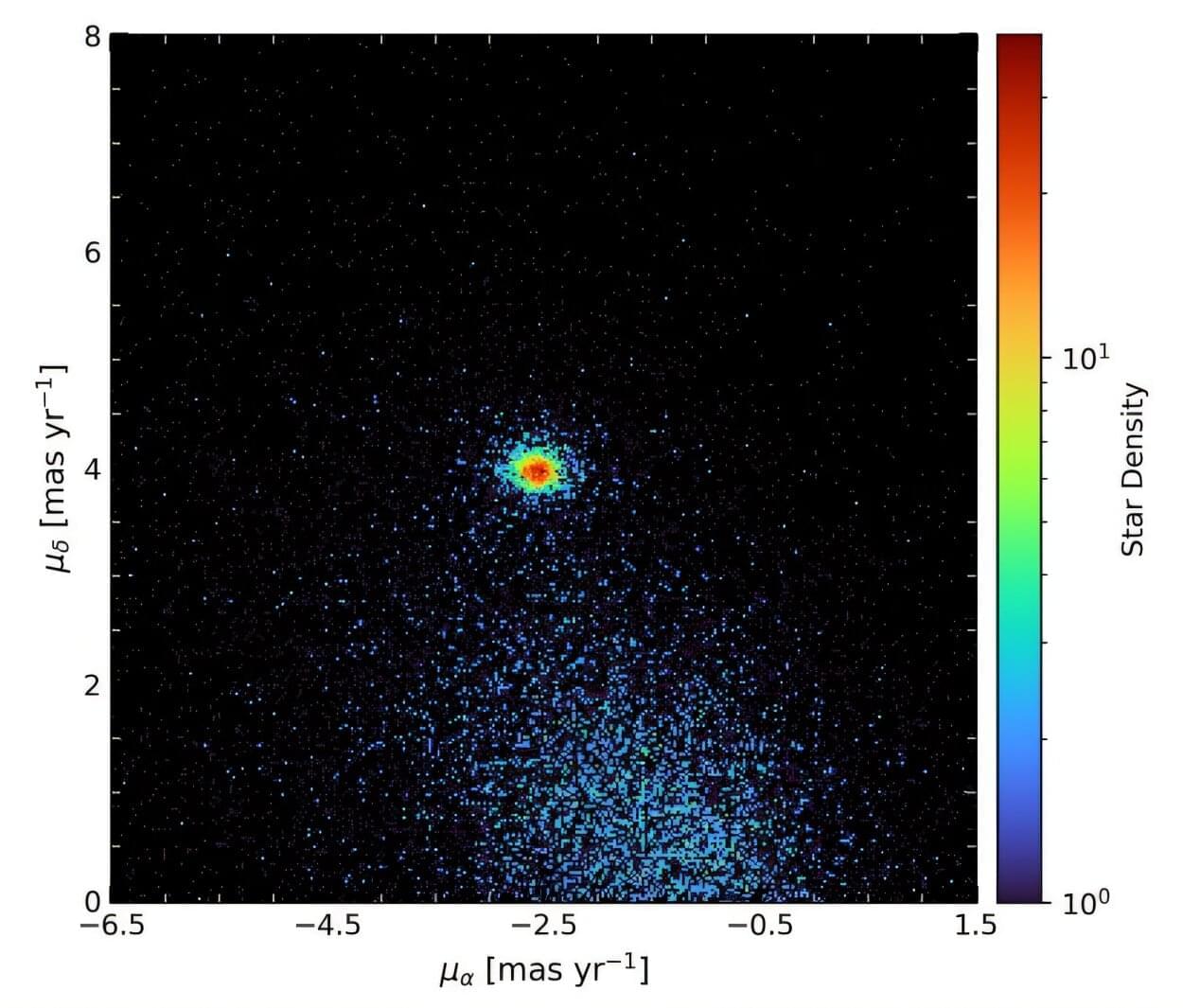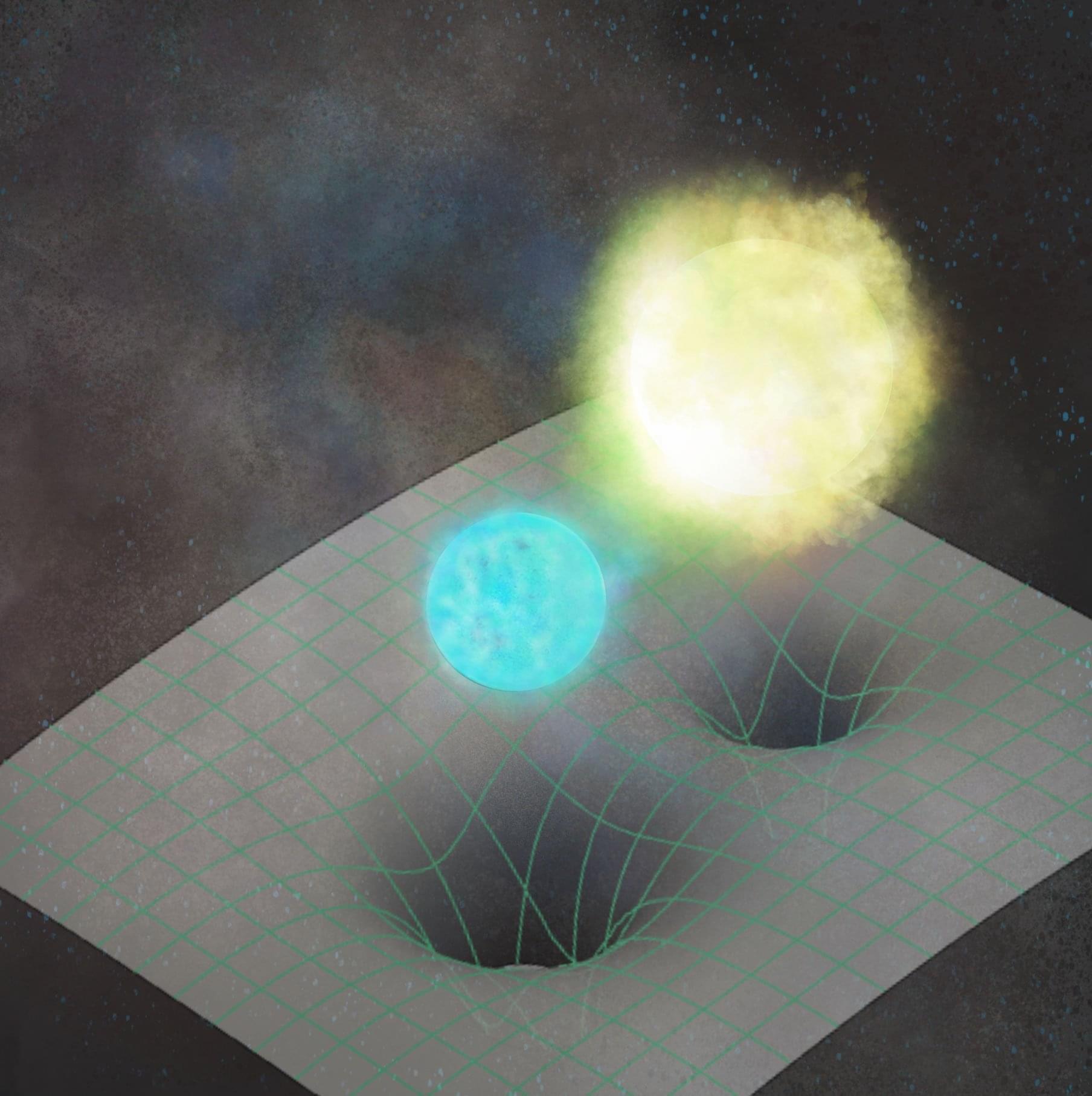Chemists at Université de Montréal have developed “signaling cascades” made with DNA molecules to report and quantify the concentration of various molecules in a drop of blood, all within five minutes.
Their findings, validated by experiments on mice, are published in the Journal of the American Chemical Society, and may aid efforts to build point-of-care devices for monitoring and optimizing the treatment of various diseases.
This result was achieved by a research group led by UdeM chemistry professor Alexis Vallée-Bélisle.









